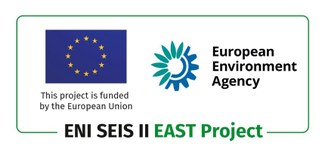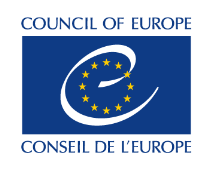18 June 2019 | Belarus, Ukraine and the Republic of Moldova preserving shared biodiversity
The Council of Europe, the EEA and the Ministry of Natural Resources and Environmental Protection of the Republic of Belarus are jointly organising a seminar to assess proposals aiming to ensure the conservation of wild flora and fauna and their natural habitats in Belarus, the Republic of Moldova and Ukraine. Technical expertise and financial support to the seminar are provided by the ENI SEIS II East project.
Bringing together national authorities, NGOs, independent scientific experts, experts from the European Topic Centre on Biodiversity and representatives of the Council of Europe will enable the evaluation of the extent to which the Emerald Network sites in the three countries are fit to ensure the long-term conservation of species and habitats of European importance.
The Emerald Network is a network of nature protection areas that is established under the Bern Convention, which is a binding international legal instrument in the field of nature conservation, covering most of the natural heritage of the European continent and extending to some states of Africa.
Biodiversity, or biological diversity, is the variety of life and includes all living organisms found on Earth. Biodiversity is essential to human well-being, as it delivers services that sustain our economies and societies, such as pollination, climate regulation, flood protection, soil fertility and the production of food, fuel, fibre and medicines. Globally, biodiversity continues to be eroded, resulting in ecosystem degradation.



Documents for this meeting are available on the project website.
Read the press release from the Council of Europe.
Read about the biodiversity area of the project.

